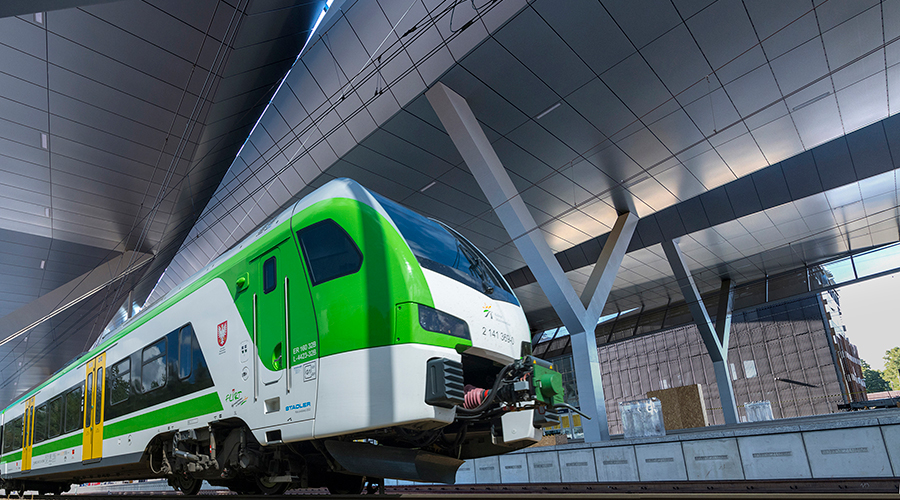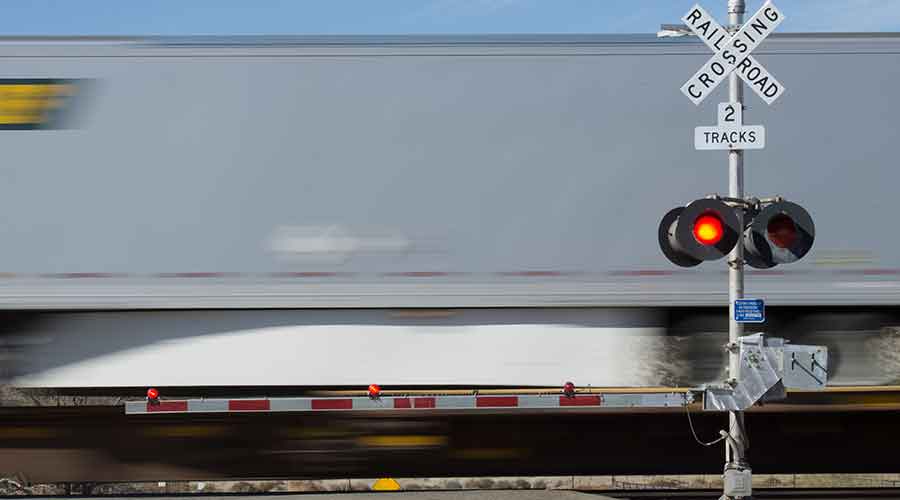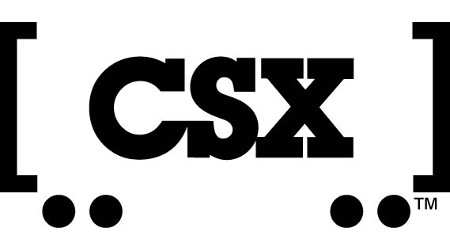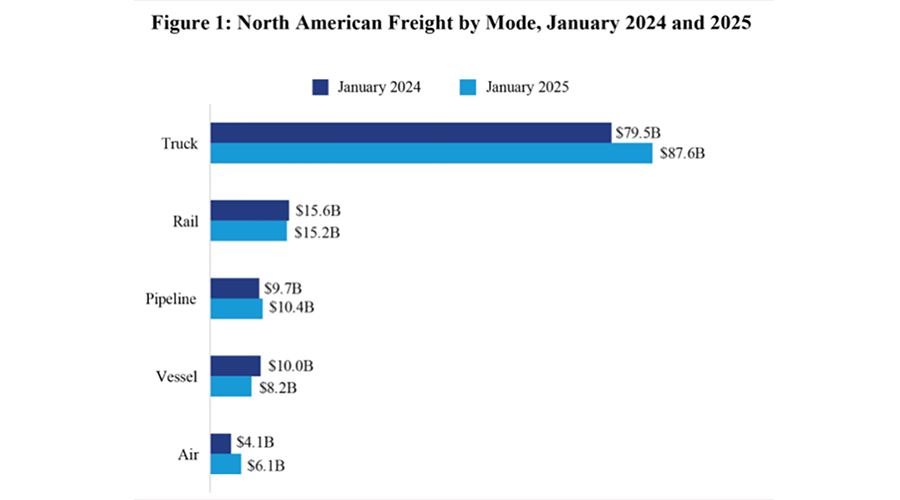Newsletter Sign Up
Stay updated on news, articles and information for the rail industry
Stay updated on news, articles and information for the rail industry
 railPrime
railPrime
Rail News Home
Rail Industry Trends
Rail News: Rail Industry Trends
6/8/2009
Rail News: Rail Industry Trends
Less coal used to generate electricity means railroads' coal traffic downer will drag on, Kolstad says
advertisement
Several months ago, sweeping energy sector changes were forecasted to occur after Congress passed a comprehensive energy bill. Now, many of the legislation’s more controversial features — such as expensive “cap and trade” provisions for carbon — aren’t expected to pass and no longer are being aggressively pursued by environmental lobbyists as costs become apparent, according to an analysis conducted for consulting firm Gerson Lehrman Group by Progressive Railroading columnist Toby Kolstad.
“Even without these restrictions, however, utilities have been installing wind farms at a pace not truly appreciated by even the wonks at the EIA of the DOE, and switching to cheaper and cleaner burning natural gas and away from coal,” wrote Koldstad, president of Rail Theory Forecasts L.L.C.
Railroads’ coal traffic has been relatively stable the past few years only because exports were booming enough to offset a domestic decline for electricity generation. This year, with an export decline coupled with a drop in domestic electricity demand, coal traffic is off a whopping 8.6 percent to date and down even more during most of the second quarter, wrote Kolstad.
“Besides the new competition from wind farms, the cost advantage coal enjoyed as prices for natural gas soared on a projected shortage as recently as last year is now gone,” he wrote. “New discoveries of domestic natural gas have driven down the price of that fuel to levels not seen in many years. However, delivered coal costs have come down only a little.”
Although coal companies have cut their prices, railroads have continued to raise their rates, increasing utilities’ cost of transportation to a range between 30 percent to 66 percent of total delivered costs, according to Kolstad.
“So, even if a cap & trade system for carbon emissions is not legislated this year, coal production and railroad coal traffic will continue to decline as less coal is used to generate electricity,” he wrote. “This will have major implications for the railroads since coal traffic provided much of the revenue and profits that were needed to expand their freight capacity to handle the growth of intermodal and other traffic segments.”
“Even without these restrictions, however, utilities have been installing wind farms at a pace not truly appreciated by even the wonks at the EIA of the DOE, and switching to cheaper and cleaner burning natural gas and away from coal,” wrote Koldstad, president of Rail Theory Forecasts L.L.C.
Railroads’ coal traffic has been relatively stable the past few years only because exports were booming enough to offset a domestic decline for electricity generation. This year, with an export decline coupled with a drop in domestic electricity demand, coal traffic is off a whopping 8.6 percent to date and down even more during most of the second quarter, wrote Kolstad.
“Besides the new competition from wind farms, the cost advantage coal enjoyed as prices for natural gas soared on a projected shortage as recently as last year is now gone,” he wrote. “New discoveries of domestic natural gas have driven down the price of that fuel to levels not seen in many years. However, delivered coal costs have come down only a little.”
Although coal companies have cut their prices, railroads have continued to raise their rates, increasing utilities’ cost of transportation to a range between 30 percent to 66 percent of total delivered costs, according to Kolstad.
“So, even if a cap & trade system for carbon emissions is not legislated this year, coal production and railroad coal traffic will continue to decline as less coal is used to generate electricity,” he wrote. “This will have major implications for the railroads since coal traffic provided much of the revenue and profits that were needed to expand their freight capacity to handle the growth of intermodal and other traffic segments.”


 LRW Honors Amtrak’s Acheson As Railway Woman Of The Year
LRW Honors Amtrak’s Acheson As Railway Woman Of The Year
 From Editor-In-Chief Foran: Of Gender Equity And Inclusion
From Editor-In-Chief Foran: Of Gender Equity And Inclusion
 Spotlight On Some Of Today’s Rail Safety Products
Spotlight On Some Of Today’s Rail Safety Products
 Women of Influence in Rail eBook
Women of Influence in Rail eBook








